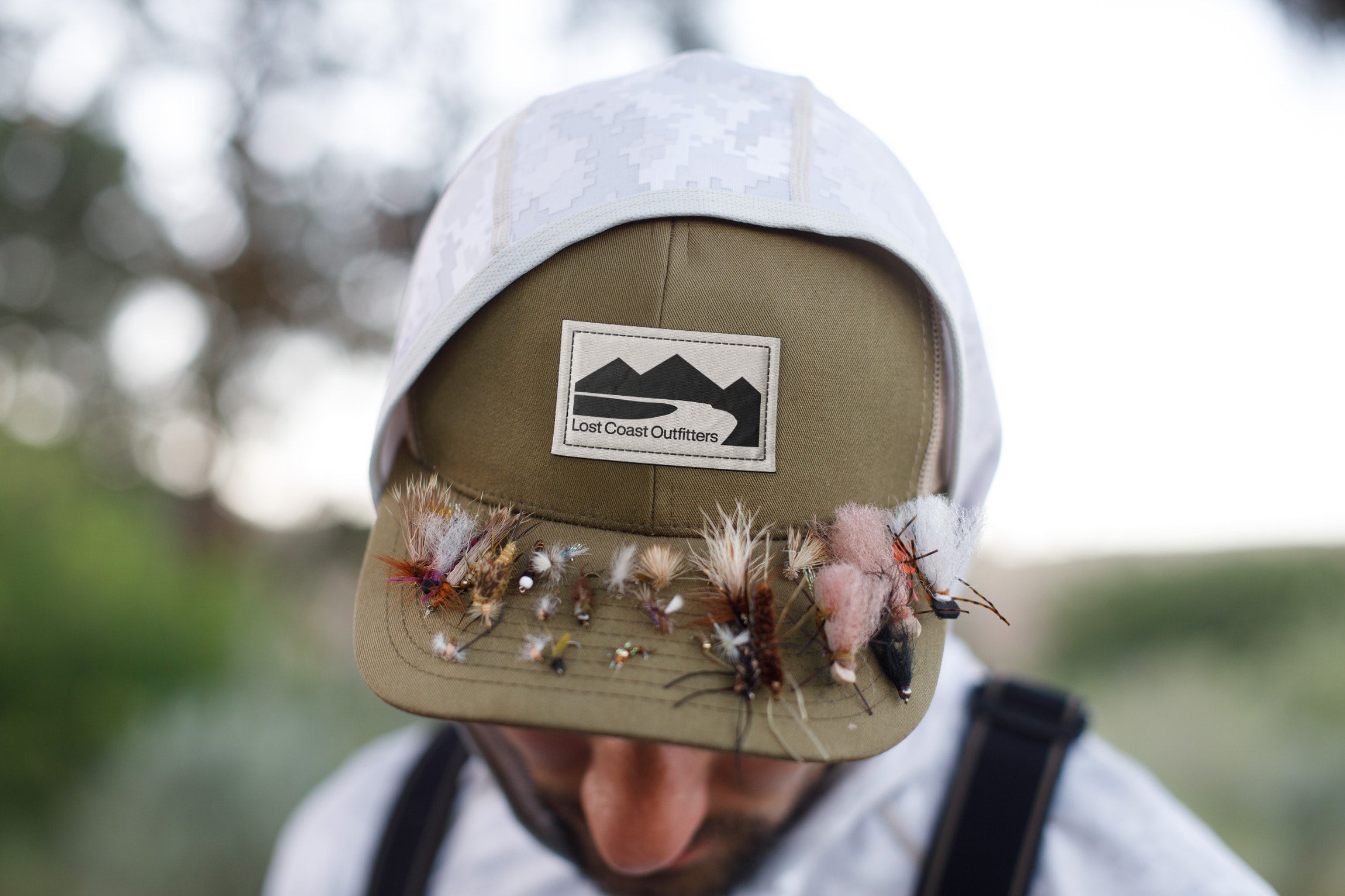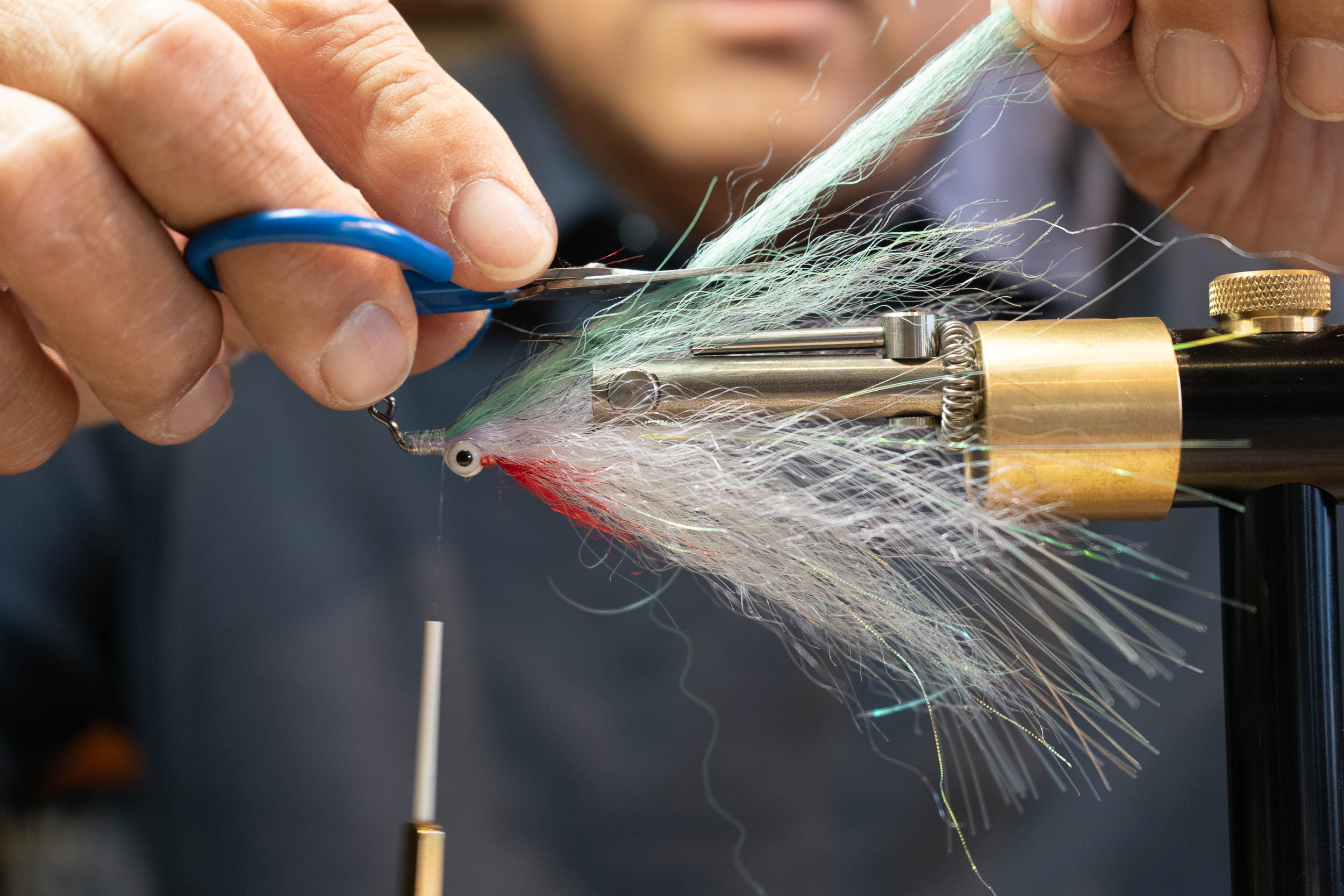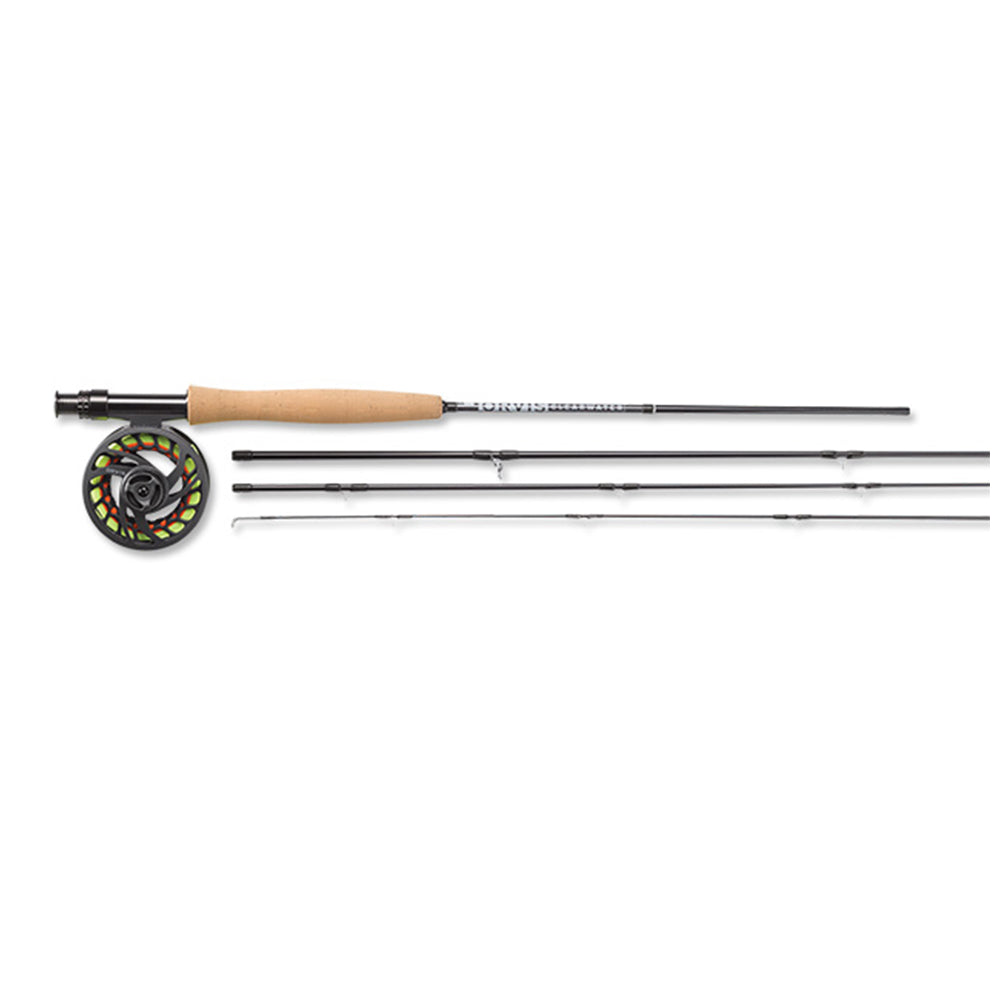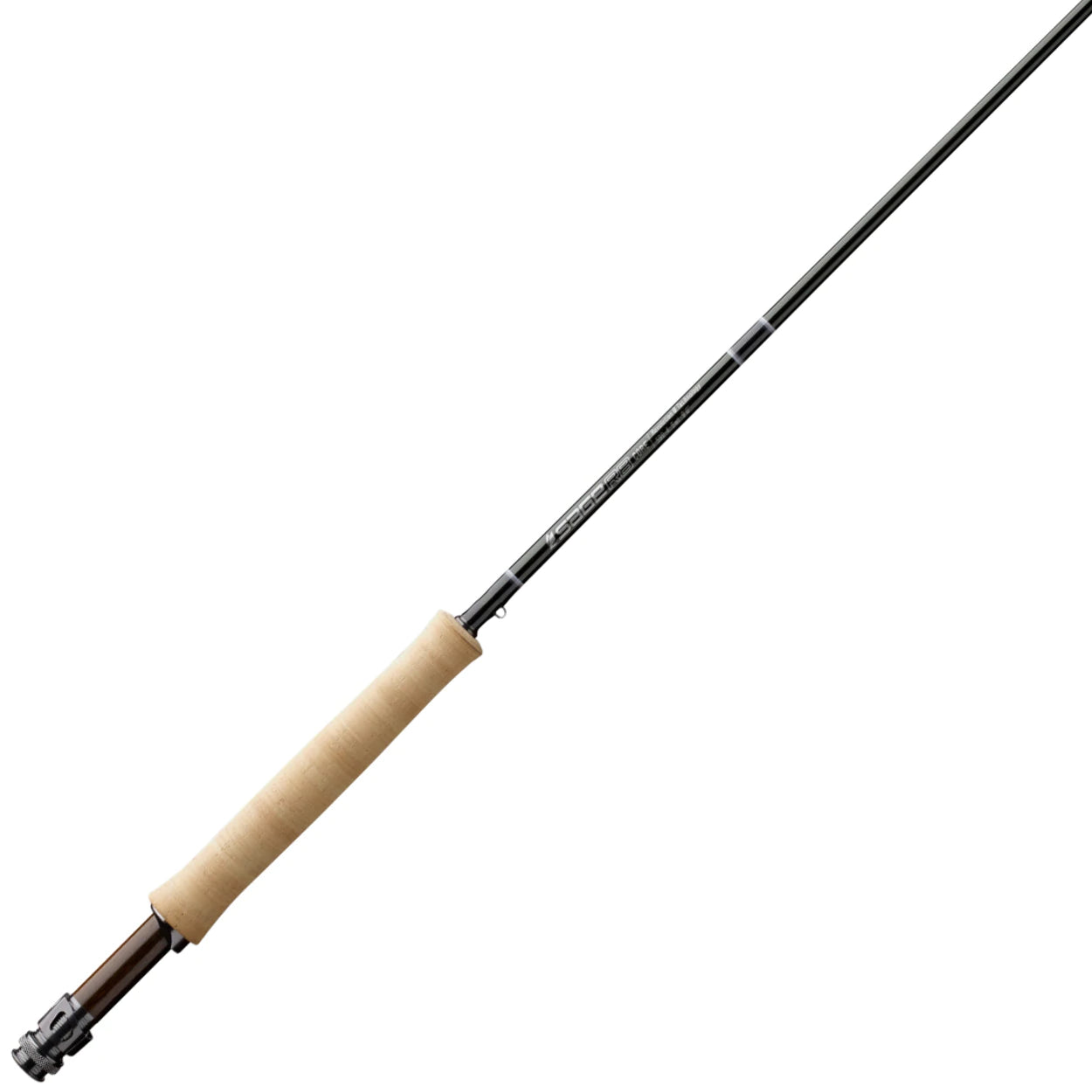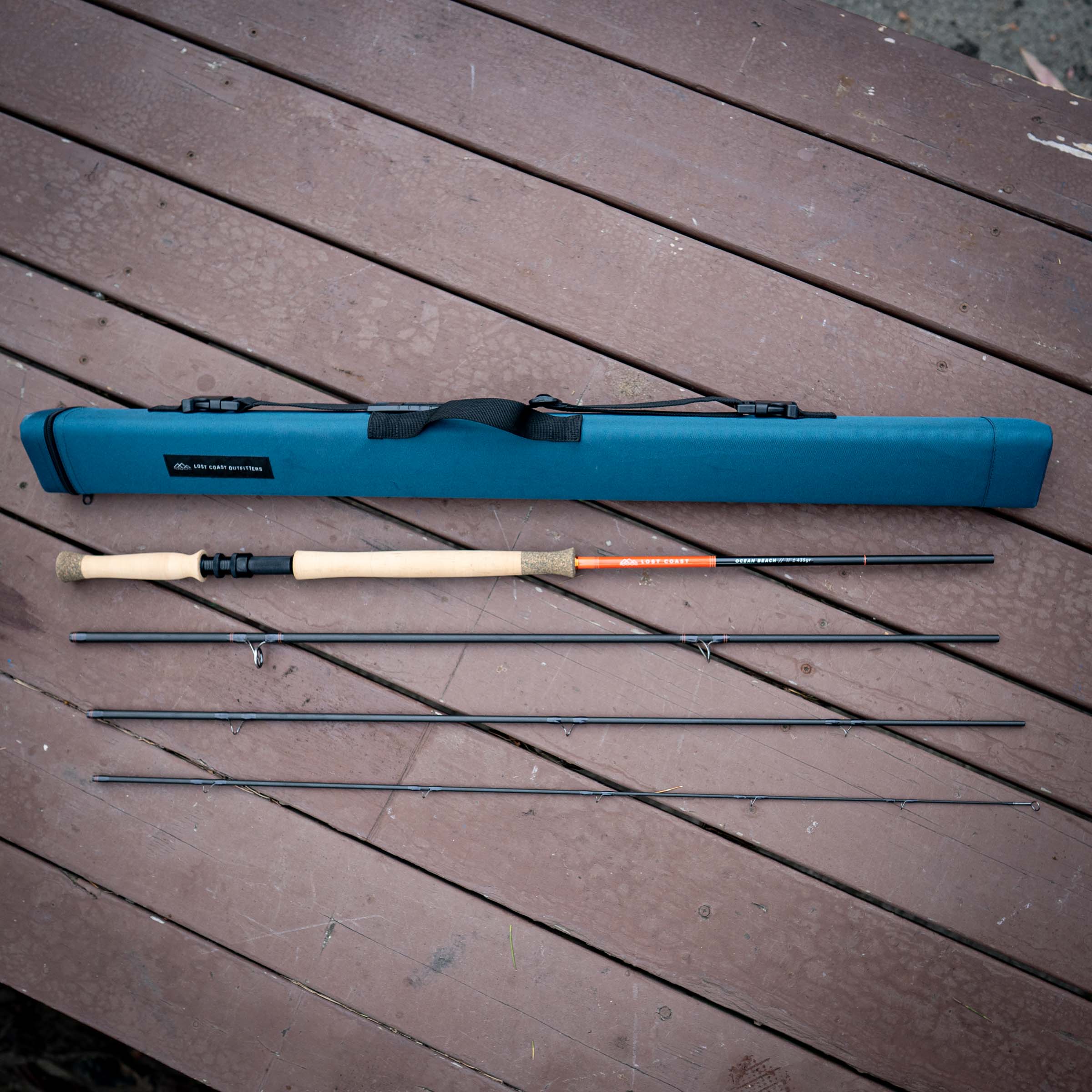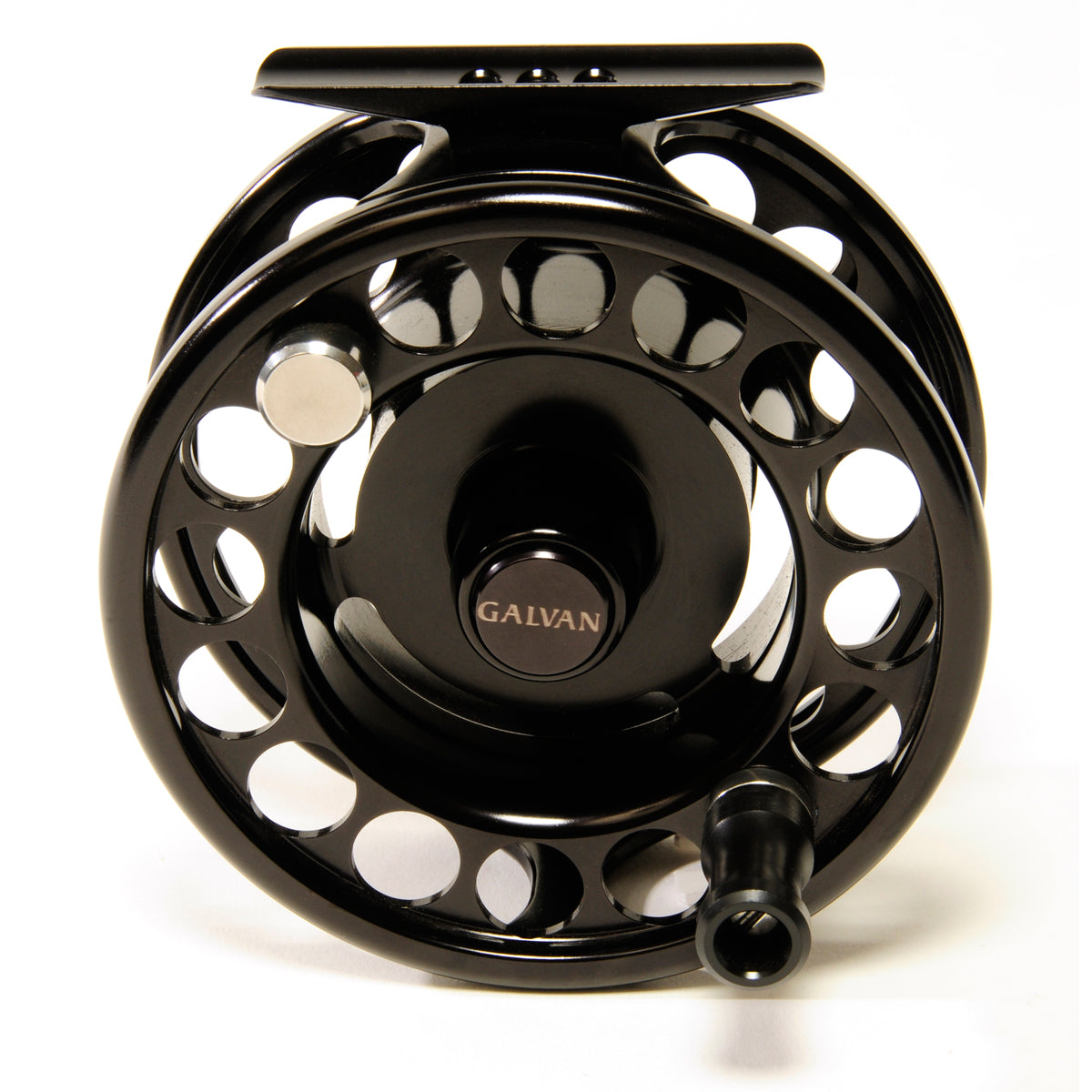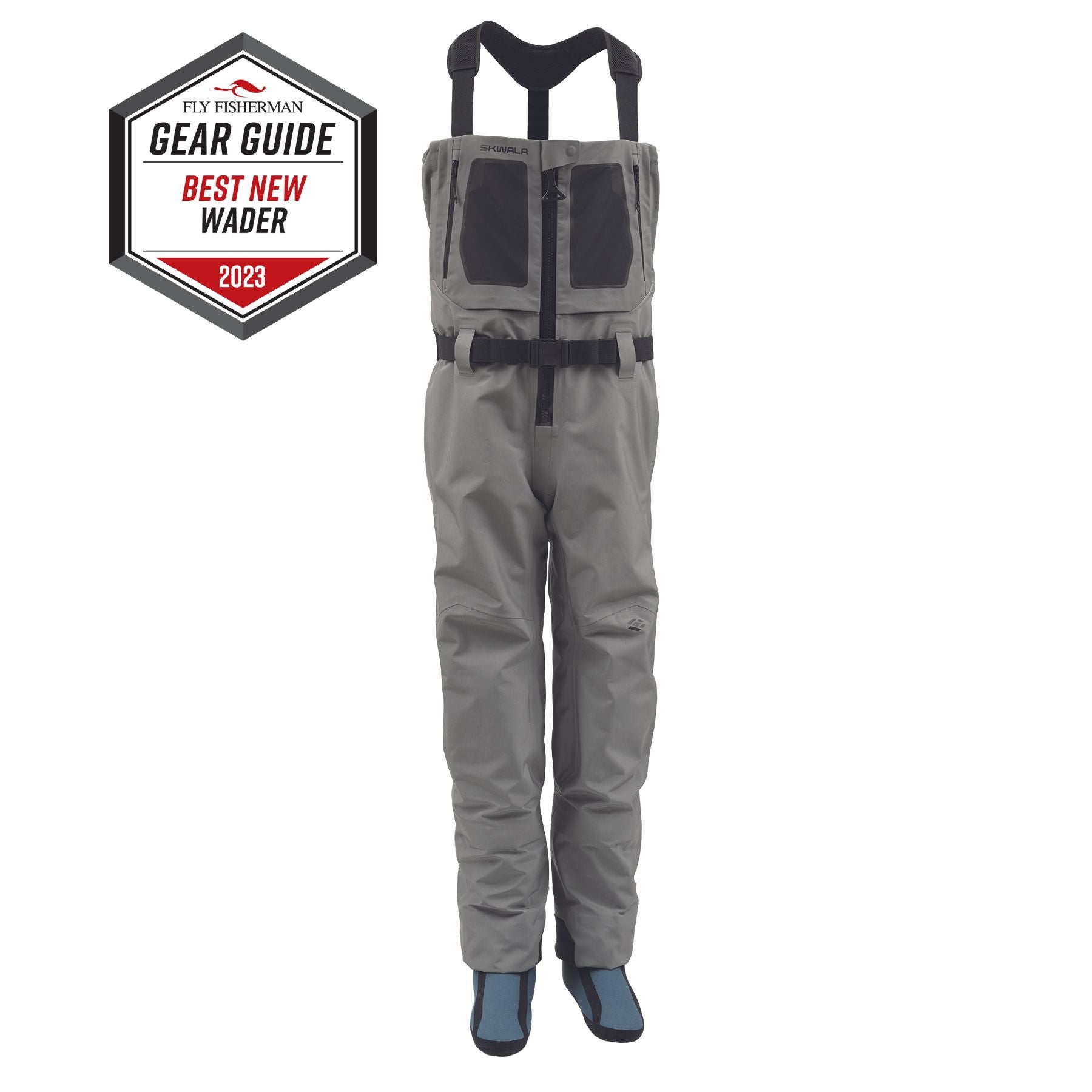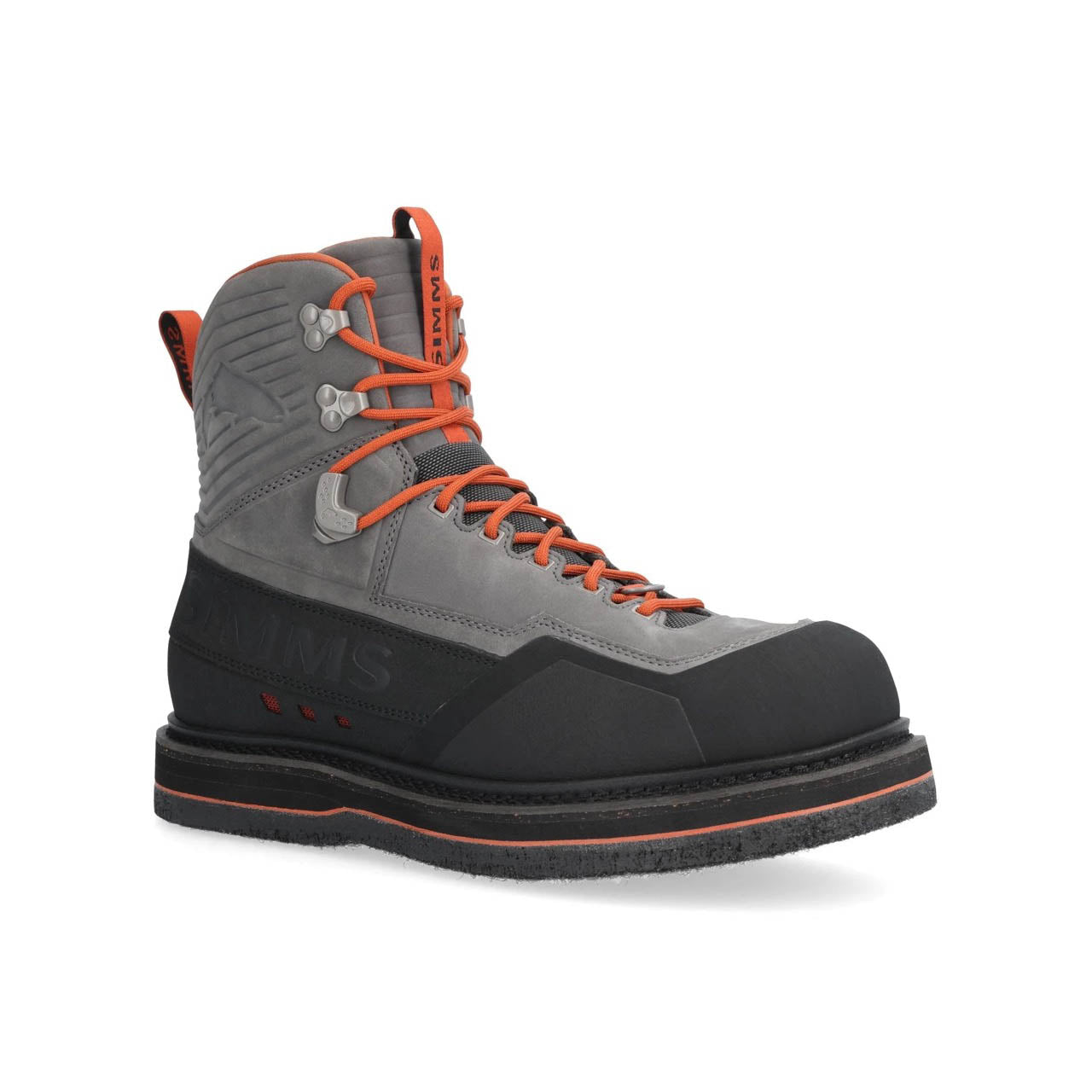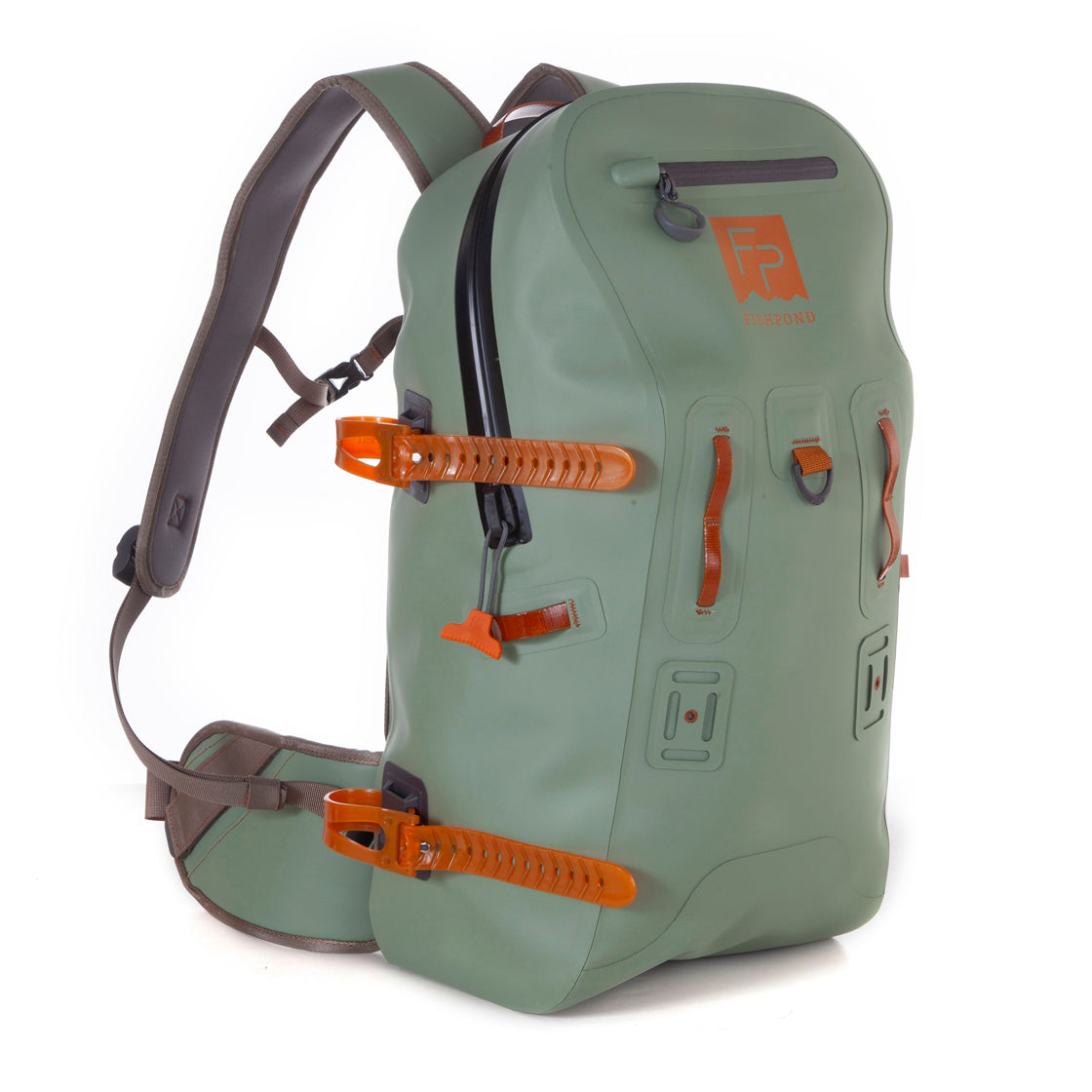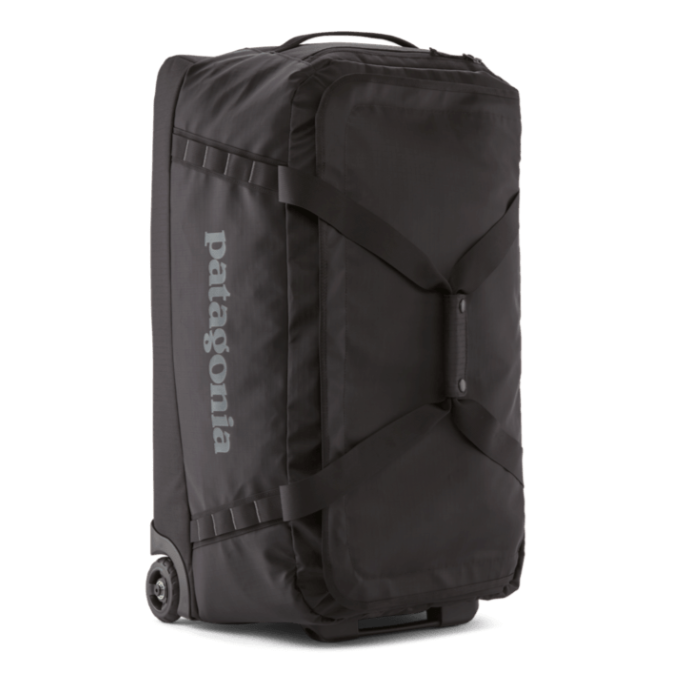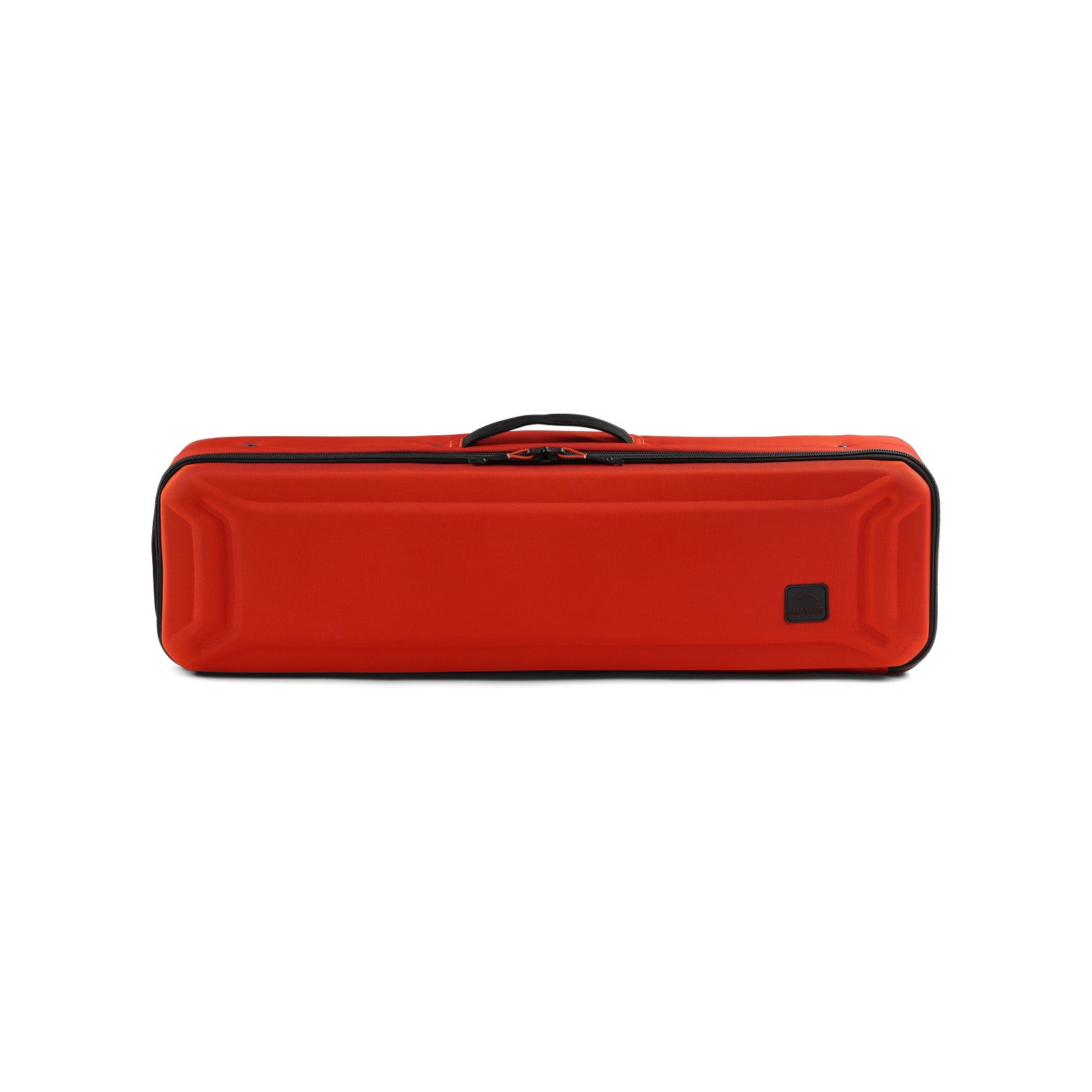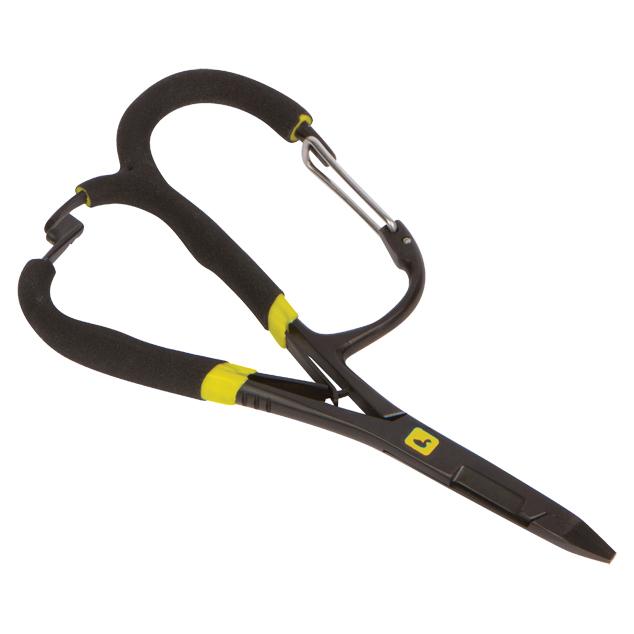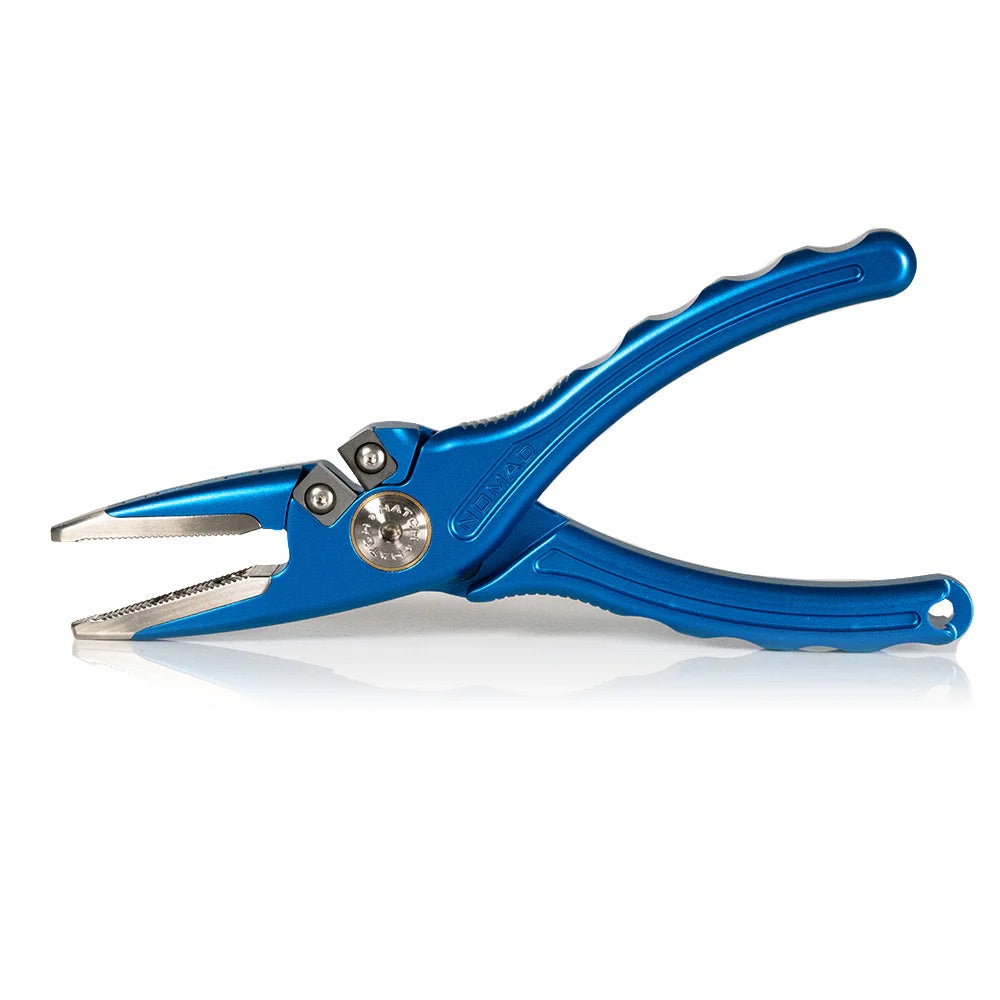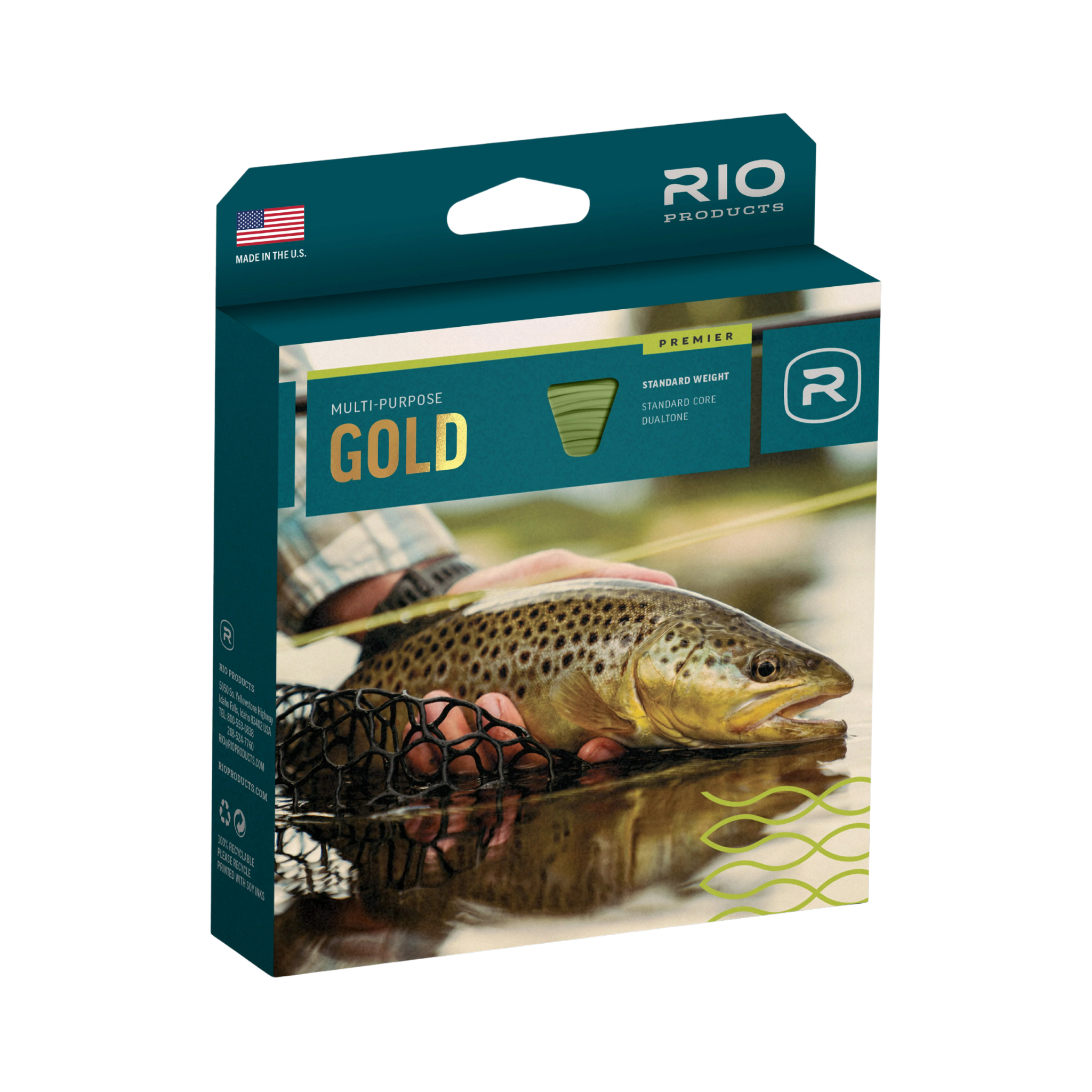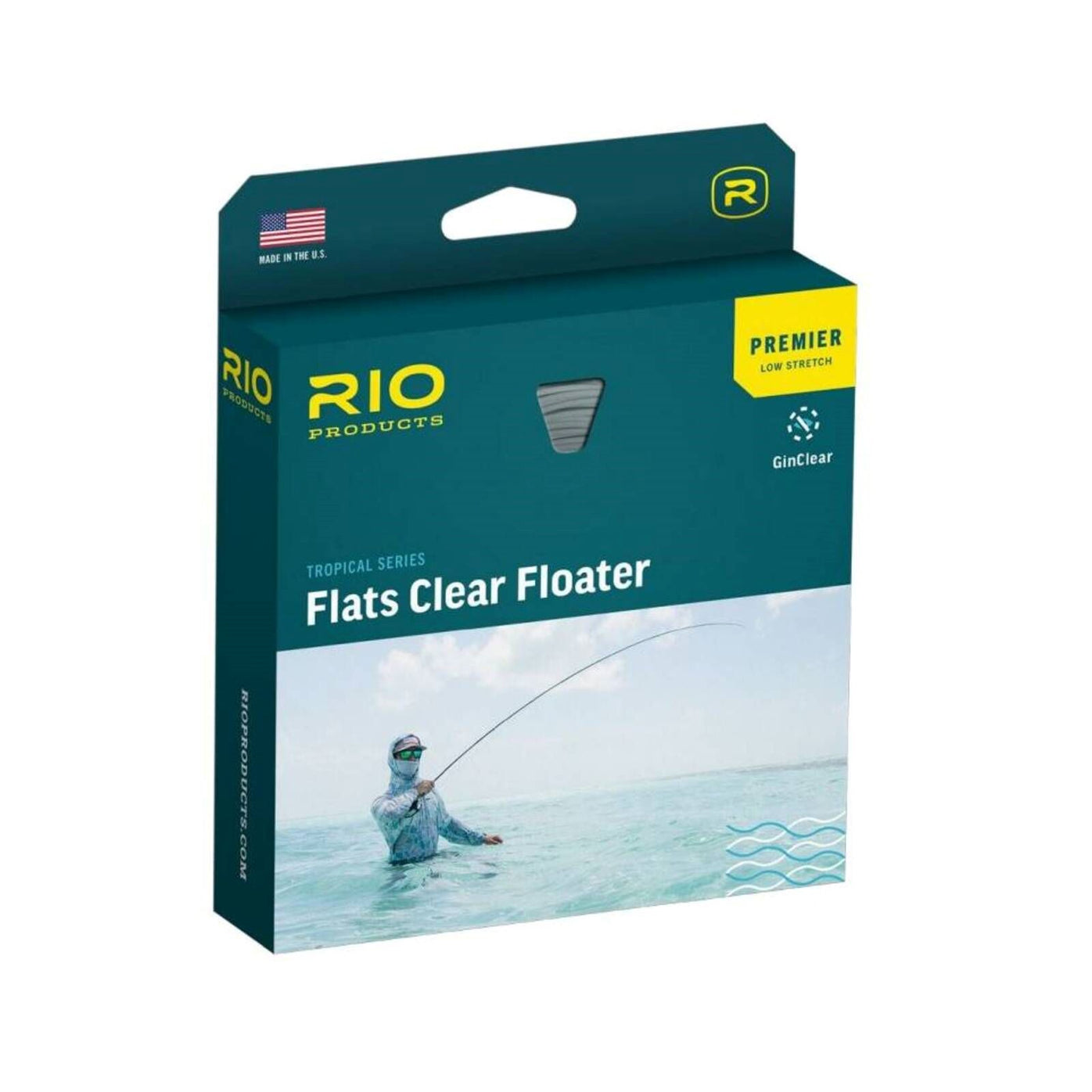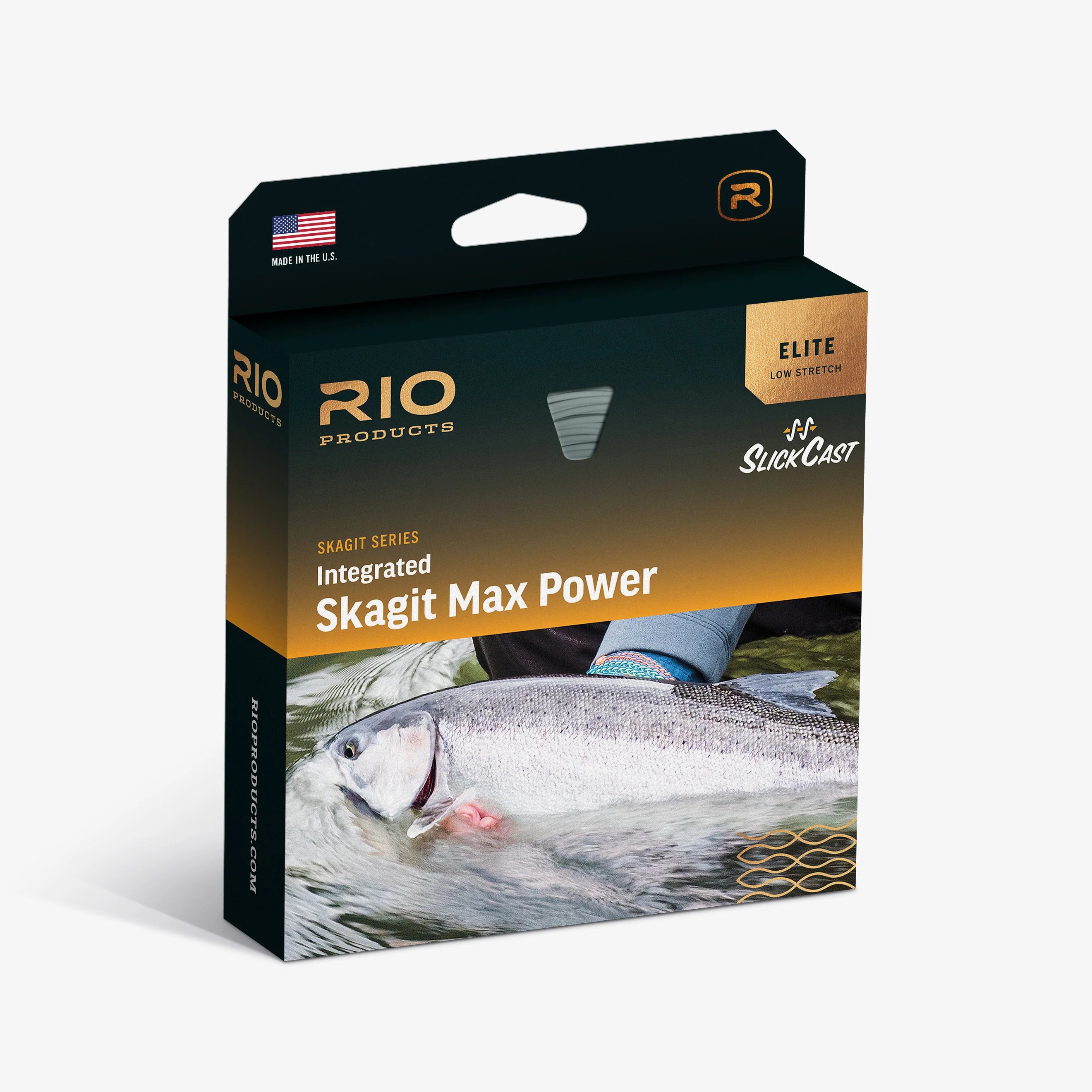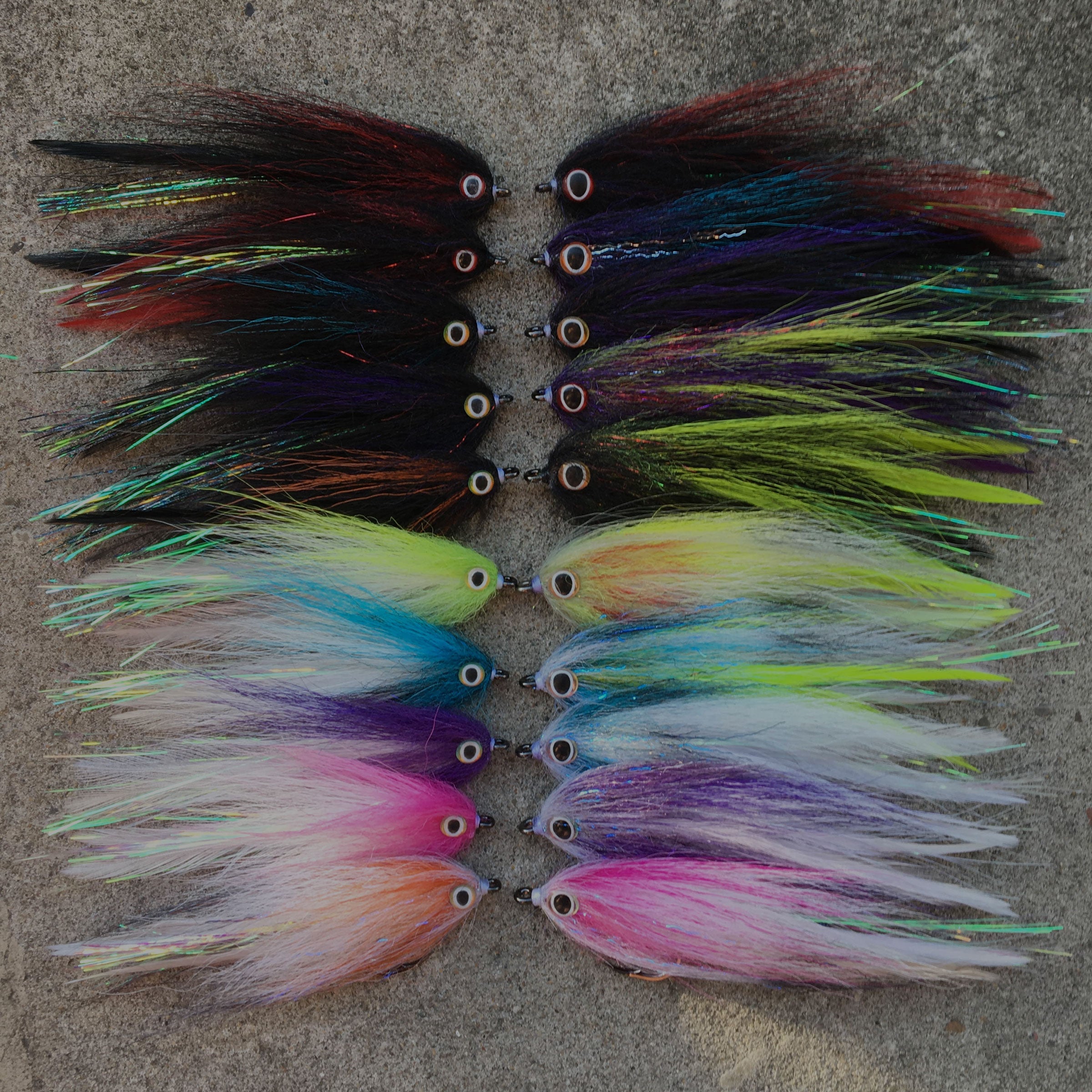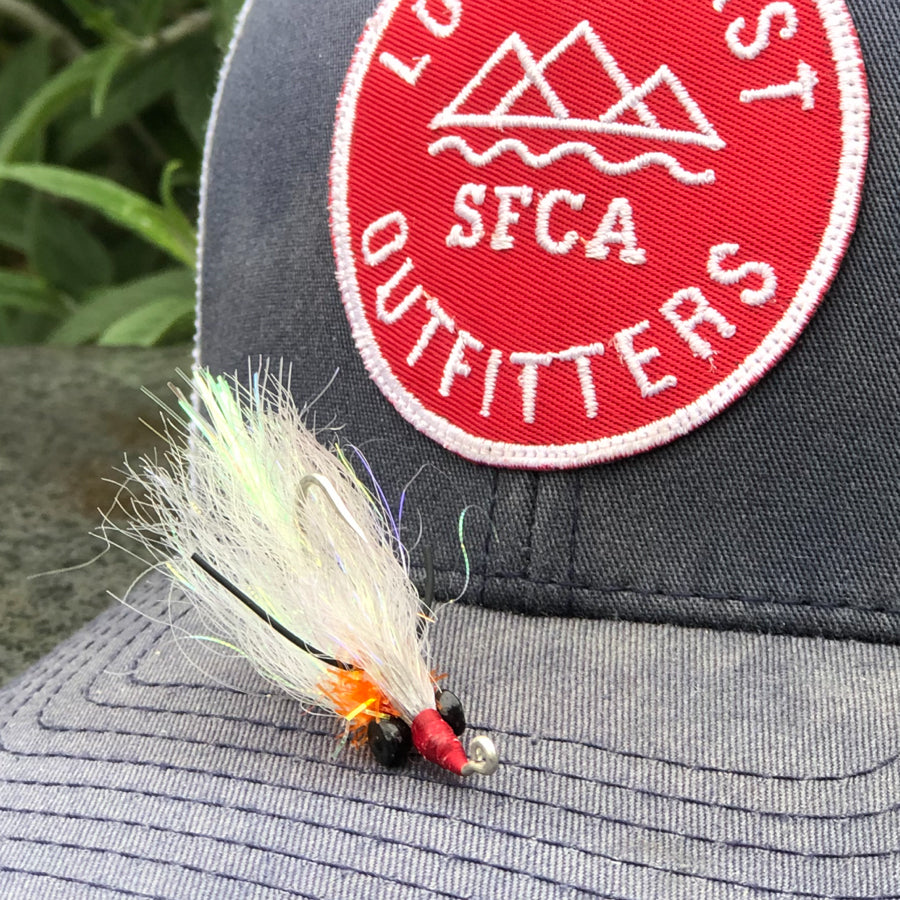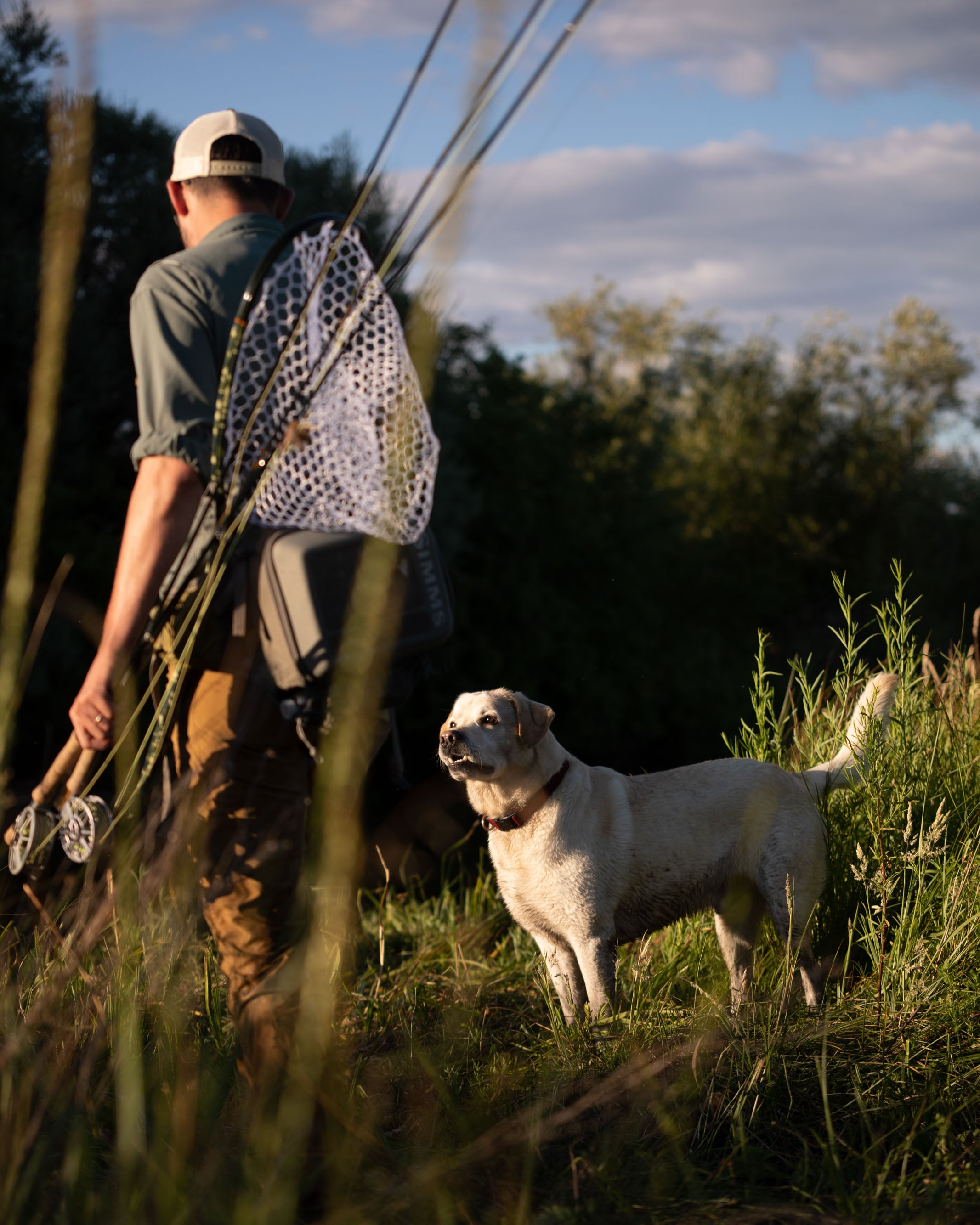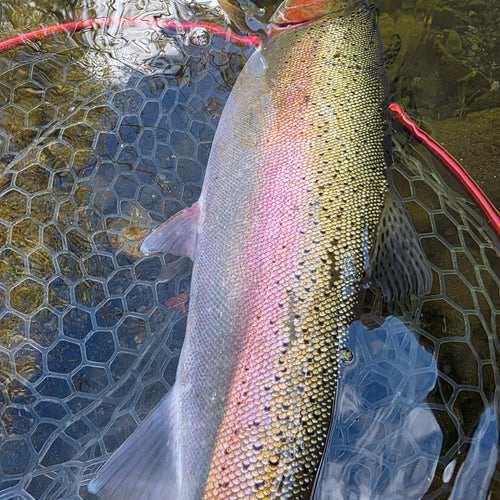
Captain Ben Thompson Reports on November 8th, 2025 Lower Yuba Report: Flows have been sitting pretty steady at a little over 1,100 CFS, on the Lower Yuba. With salmon still around, eggs have be...
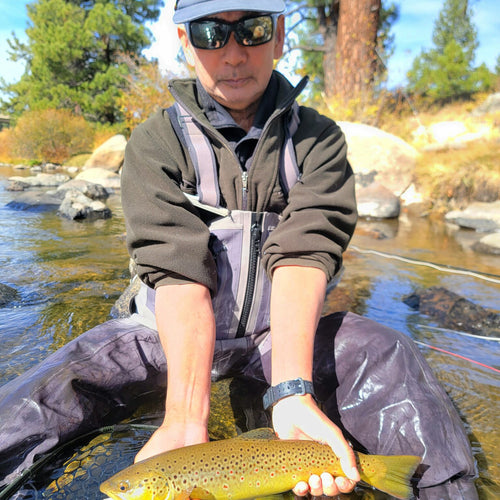
Matt Heron Reports on November 8th, 2024 We are back in business! If you know me well, you know that with few exceptions, October and November are my two favorite months of the year. Well so f...
Ben Thompson Outdoors River Stripers River striper season is coming into shape for my favorite time of the year to chase linesiders. Some of the resident fish are starting to hang in their regular ...
Hogan Brown's Guide Service I have been spending most of my time on the Feather and Lower Sac chasing river stripers these last few weeks. We have seen good numbers of stripers to the boat as the...
Brian Clemens Reports 05/29/24: Northern California Fishing Northern California Fishing: We are finally seeing a huge drop down in flows as well as a flattened curve in flows across the board. T...
Jay Clark Reports 05/29/24: Plumas County Plumas County: Fishing remains very good on the Middle Fork Feather River in Plumas County. Flows are starting to get a bit low on the upper reaches wit...
Matt Heron Reports 05/29/24: Truckee River Area Truckee River Area: Again, not a lot to report as far as changes to the river this week. We’re continuing to see a Yo-Yo pattern with snowmelt and...
Hogan Brown Reports 05/29/24: Lower Sacramento River Striper Lower Sacramento River Striper Fishing – Fishing has been fair to good. Flows dropped this Sunday with the latest “pulse flow” and th...
Ben Thompson Reports on 5.9.2024 River Stripers- Fish are spread throughout the rivers with the majority around Colusa. It can get crowded until the end of May when most of the conventional boats t...
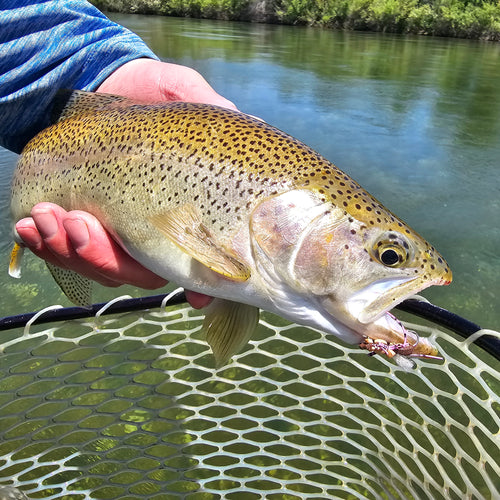
Nor Cal Trout Fishing - July 2023 Truckee River: The Truckee has been fishing consistently throughout the summer! Both water color and temperature have been stellar. Flows were a little high ear...
Capt. Bryce Tedford Sacramento/San Joaquin Delta is still challenging to fish, been managing around 5-10 fish each day or over the past few weeks. Finding cleaner water can be difficult as silt is...
Lost Coast Outfitters Fishing Report 4/15/23 Spring Fishing has begun! We are stoked to have the report back up and running. We are now working with additional independent guides throughout Norther...
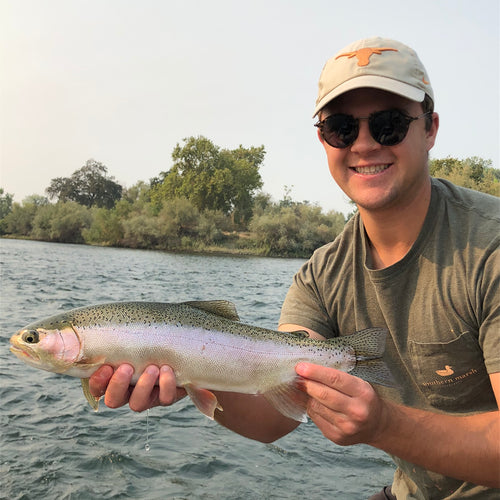
Garret Smith Reports on 9.18.20 The smoke has finally cleared a bit in the Sacramento area, and that means more time on the water! I have mostly turned my attention to steelhead after a mediocre...
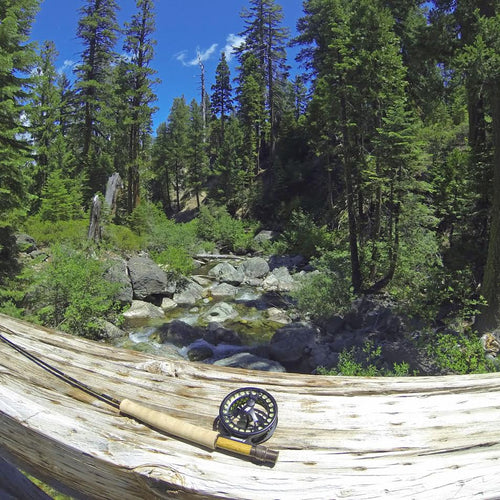
Jon Baiocchi Reports on 7.1.20 As a guide and a fly angler in Eastern Plumas National Forest, it’s all about keeping close tabs on the surrounding waters and when to switch gears. Now that Lake D...
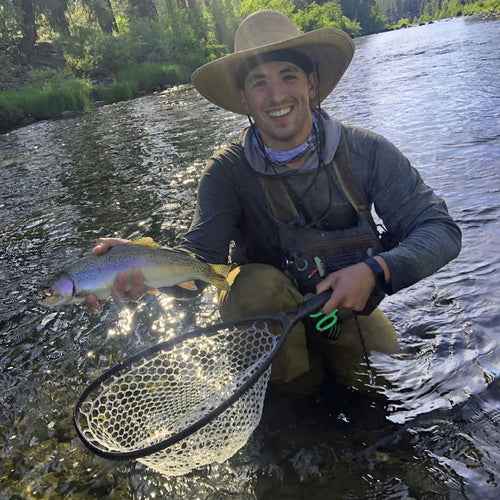
Jon Baiocchi Reports on 6.20.20 Well…It took nearly 4 weeks to finally see prime conditions for the damsel game and this year it’s going to be short lived. In the last week water temperatures have ...
Captain Hogan Brown Reports on 2.27.20 Lower Sacramento River - Striper fishing has been tough as the flows are as low as they get - 5000cfs coming out of Keswick and 5891cfs at Chico - With low a...
Brian Clemens Reports on Happy New Years Everyone, I am hoping that everyone had a great and safe New Year and a very Merry Christmas. Where did the 2019 season go? Cant believe 2020 is already he...
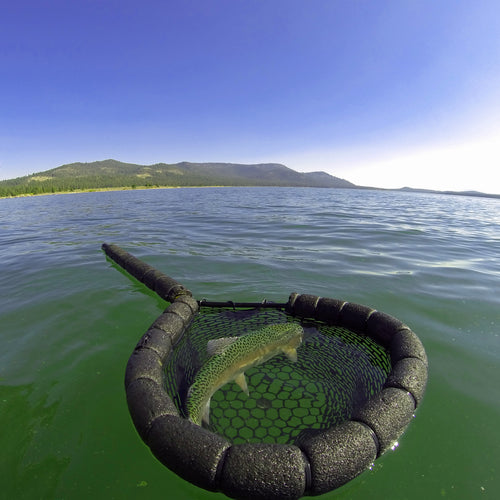
Jon Baiocchi Reports on 10.13.19 If you’re a fly angler, October is the best month of the year for good fishing in the Northern Sierra, as well as across Nor Cal. Fall colors, and the seasons chang...
Ben Engle reports on 07.08.19 This weekend a few friends and I made a trek out to the North Fork of the Feather River. This is an awesome fishery that honestly doesn't get fished enough. As you d...
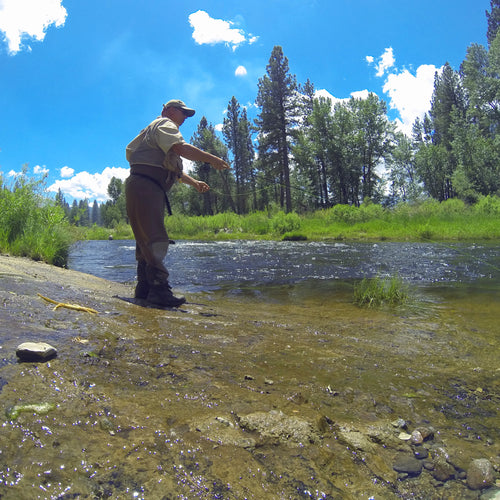
Jon Baiocchi reports on 07.08.19 I hope everyone had a good 4th of July! I took the week off and got to fish with a special friend that I use to race motocross against from 2001 to 2006. Just ...
Jon Baiocchi Reports on 6.28.19 The flows are still a tad high on the Middle Fork Feather River, yet near perfect in the Graeagle area. Downstream of Jamison creek the volume of water is nearly dou...
Jon Baiocchi reports on 3.24.19Middle Fork Feather River: Last season on the MFFR was the best in a long time, and with an abundance of water again, look for conditions to be even better. Trout mig...
Capt. Hogan Brown reports on 1.17.19Feather River through town – The feather river through the town of Oroville above the highway 70 bridge opened up Jan 1 and from what I hear is fishing really we...
Jon Baiocchi reports on 10.25.18Blazing fall colors and wild trout fattening up for winter, it just doesn’t get any better. The weather has been fantastic in the high country with warm days and col...
Capt. Chuck Ragan reports on 10.25.18It’s a great time of year to be on the water. Steelhead fishing in the Feather and Yuba River has been productive. Dry fly fishing in the Yuba as well has been ...
Capt. Chuck Regan reports on 10.11.18Fall Fishing for resident Striper in some of our Northern California rivers (Sacramento, Feather, and Yuba Rivers) continues to prove it’s worth and has been le...
Capt. Chuck Ragan reports on 8.27.18Striper on the fly in our Central Valley Rivers has been pretty rewarding. We’re seeing great temps and active groups of fish on the Feather, Sacramento, Yuba a...
Lincoln Gray reports on 8.9.18Kayla Katayama of Her Waters Fly Fishing and Lincoln Gray of LG’s Fly Fishing Adventures are teaming up to conduct TWOFeather River Steelhead Schools.This two-day Stee...
Chuck Regan reports on 7.27.18The Sacramento, Feather and Yuba Rivers are producing great results for summer striper fishing on the fly while the Lower Yuba has been really been shaping up for some...
Capt. Chuck Regan reports on 7.19.18Summer Striper fishing in the river has been heating up in the Sacramento, Feather and Yuba Rivers. If you’ve experienced the solitude our rivers offer in the su...
Capt. Chuck Regan reports on 6.21.17Striper on the fly is heating up and there’s still plenty of shad to go around in our Nor Cal rivers. The American, Feather, Yuba and Sac have all be producing ...
Brian Clemens reports on 5.17.18FeatherLow Flow 850cfsHigh Flow 1050cfsClarity Low Flow 8-10ft vizHigh Flow 10-12ft vizFishing GoodI have been spending a good amount of time on the Feather up until...
Capt. Hogan Brown reports on 5.3.18Lower FeatherLower Feather River Spring steelhead fishing remains fair to good. Spent a few days out swinging flies with clients in the high flow section of the r...
Capt. Hogan Brown reports on 4.26.18Lower Feather Spring Steelhead - spent a few days out swinging flies on the Lower Feather for spring steelhead this week. Fishing has been good. We have been ge...
Ryan Johnston reports on 4.26.18The Feather River spring steelhead run is still holding strong. There are fish spread throughout the system with both high flow and low flow fishing equally. Most of...
Capt. Hogan Brown reports on 4.5.18Lower Feather River the last week was pretty decent for spring steelhead fish both on the swing and nymphing. The swing grab was best the first part of the day on...
Ryan Johnston reports on 3.29.18Feather RiverFeather River - The Feather River has been average as of late. There are more and more fish starting to show up in the system. Currently, there are a lo...
Capt. Hogan Brown reports on 3.28.18Lower Feather River I have been spending most of my time the last week swinging flies on the feather river for spring steelhead. Flows are normal and clarity is ...
Ryan Johnston reports on 3.16.18Lower SacThe fishing on the Sac continues to impress. The amount of bugs coming off right now is really impressive. From spring caddis, to March Browns, to PMDs, and...
Nor Cal Fly Guides Reports on 1.18.18 Fishing: fair to good Clarity: 3ft off color Flows: Low 1000, High 1800 The upper stretch is finally open and is fishing very well but has been extremely c...
Marin Unversaw reports on Jan 6, 2018:The Feather’s water is clear with a little green tinge. For us it was overcast with some light rain. Conditions are good. Water level worked for crossing selec...
Capt Hogan Brown Reports on 11.23.2017Spent a few days out on the water this last week with clients and fishing on my own…Feather River - aka Butte county’s Capital City Fish Ditch - the Feather ha...
11.23.2017The Lower Feather has been fishing pretty well as of late. The Low flow section below the dam has a pretty solid number of salmon on redds. There have been a number of adult steelhead and...
Lower Sac and Feather River Fly Fishing ReportHogan Brown reports on 9.15.2017Been spending a few days here and there striper fishing on the Lower Sac, Swinging some flies on the upper feath...
Brian Clemens at Nor Cal Fly Guides Reports on 8.23.2017American River:Flows - 3600cfsClarity - ClearFishing - Fair to GoodThe shad are finally gone, YYEEEEESSSSSS!!!!! This means that its time for...
Jon Baiocchi Reports on 7.20.17When it rains it pours, after a long winter without a guide trip for four months, business is booming. The influx of emails, calls, and inquiries off the street has b...
John Baiocchi Report on 7/6/2017The surge of Africa hot weather a few weeks ago and continued warmer weather has water temps at both Lake Davis and Frenchman’s Lakeexcessively high with surface tem...
Nor Cal Fly Guides Reports on 6.25.2017Well this report comes to you a bit late, its not because of the great weather we have been having, but the great fishing we are having, but its better late t...

